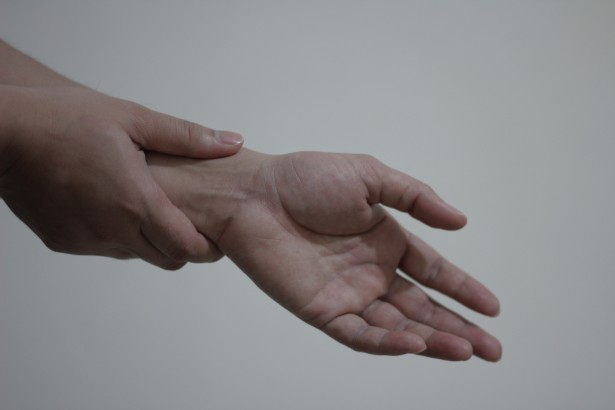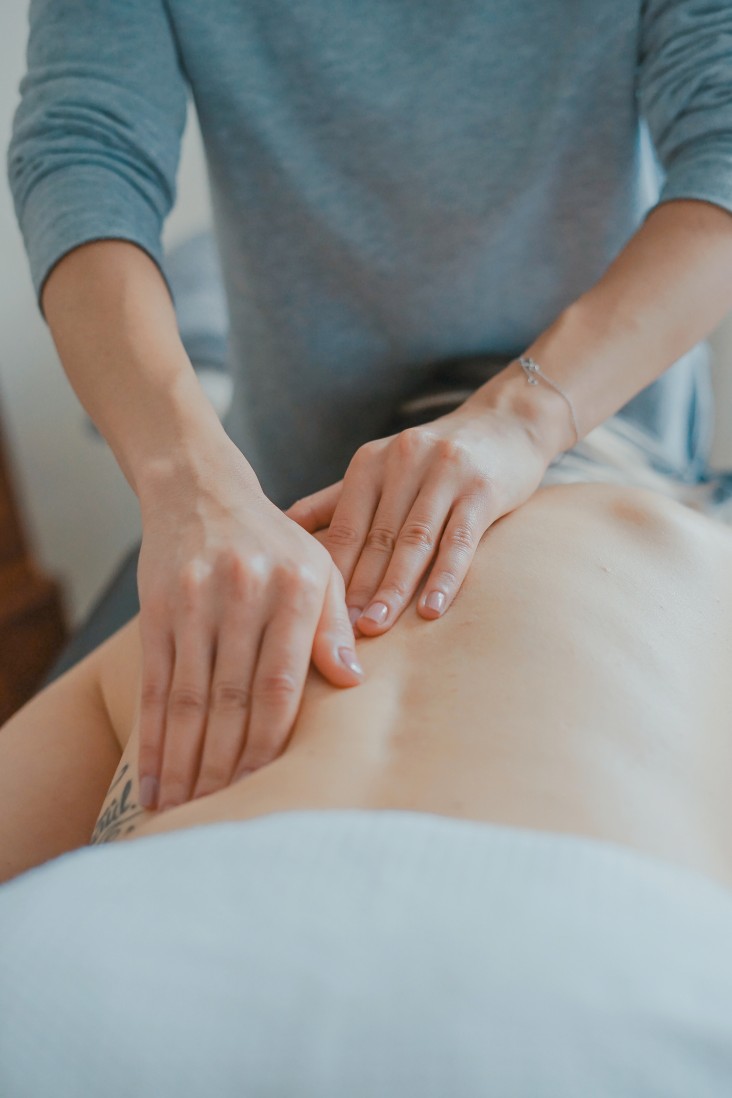At least 20% of the total population around the world is dealing with Chronic Musculoskeletal Pain. These individuals suffer from very intense and multifaceted pain. The ratio of women who deal with Chronic Musculoskeletal Pain is higher than the male population. On the other hand, it is also a fact that the ratio of low-income patients of Chronic Musculoskeletal Pain is higher than the ratio of patients of Chronic Musculoskeletal Pain with high income. This can be because the low-income population work harder and do not take enough and healthy diet. The Chronic Musculoskeletal Pain about which individuals mostly complain is lower back pain, neck pain, shoulder pain, and knee pain. At last 30 to 50% of the global working population is a patient of Chronic Musculoskeletal Pain. There Chronic Musculoskeletal Pain can be ascribed to the chronic trapezius myalgia and chronic whiplash-associated disorders. There are other causes of Chronic Musculoskeletal Pain including fibromyalgia syndrome which is also known as FMS. The Chronic Musculoskeletal Pain of such diseases can be very intense. There is a very unconventional symptom of the pain and that is depression. Depression caused by Chronic Musculoskeletal Pain is much unheard. This type of pain is related to physiological, social and emotional factors which are biological science is focused on finding most effective an long term Chronic Musculoskeletal Pain treatments.
The diagnostic procedure of Chronic Musculoskeletal Pain
The doctors diagnose the Chronic Musculoskeletal Pain with the help of anamnesis and there are also clinical examination methods to evaluate and analyze whether the pain which patients are complaining of can be considered Chronic Musculoskeletal Pain or not. In most cases, the reasons which have been found out for the Chronic Musculoskeletal Pain after the lab reports have been tender muscles around the damaged areas. A researcher recently has found out that the Temporomandibular Disorders as criteria for Chronic Musculoskeletal Pain. Morphological, electromyographical has been classified by the scientists as a clinical procedure for the examination of trapezius muscle to identify the Chronic Musculoskeletal Pain. There are also the ICD-10 diagnoses which are being used to identify the Chronic Musculoskeletal Pain treatment which has been specifically caused by chronic trapezius myalgia.
Treatments for Chronic Musculoskeletal Pain
nonsteroidal anti-inflammatory drugs are being used for Chronic Musculoskeletal Pain treatments which have been proved effective for the disease. There are treatments and therapies which are being used to reduce the inflammation which mostly causes the Chronic Musculoskeletal Pain. The Epidural Steroid Injections are curing the Chronic Musculoskeletal Pain for decades. The injections have been able to provide long term Chronic Musculoskeletal Pain treatment to the patients. The Chronic Musculoskeletal Pain treatment in the form of Epidural Steroid Injections reduces swelling and inflammation. This treatment is pain-free; however, some patients do face a little bit of pain on the area on which the needle has been placed. Doctors suggest the patients rest for at least one day after getting the injection.
For further detail on pain management, please call on 815-412-6174.


